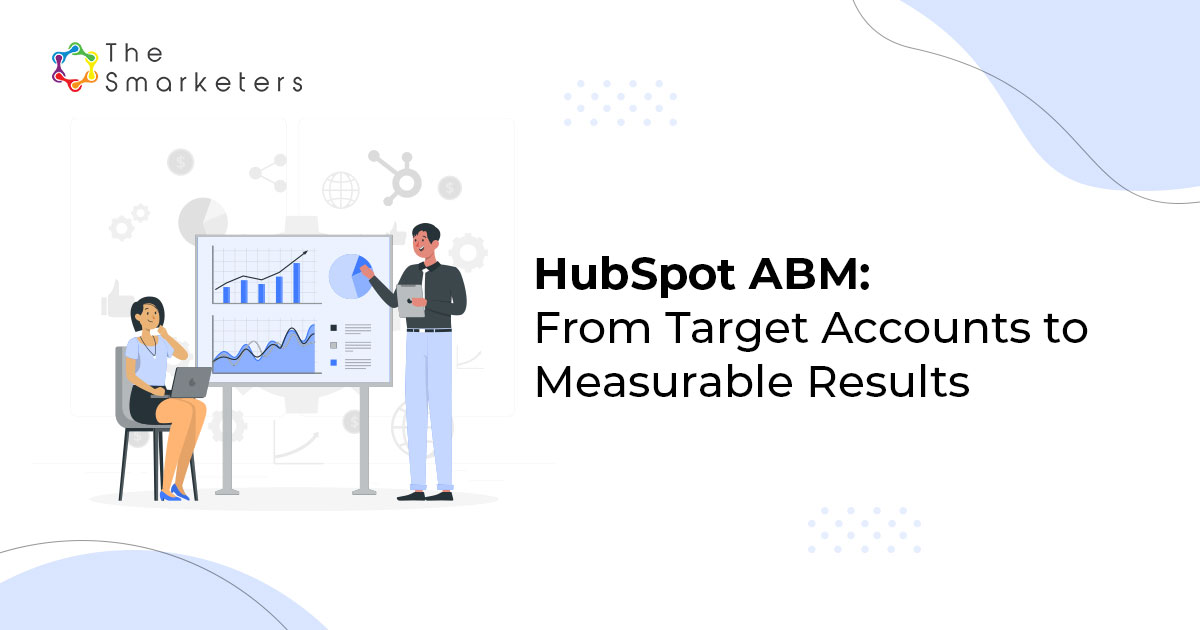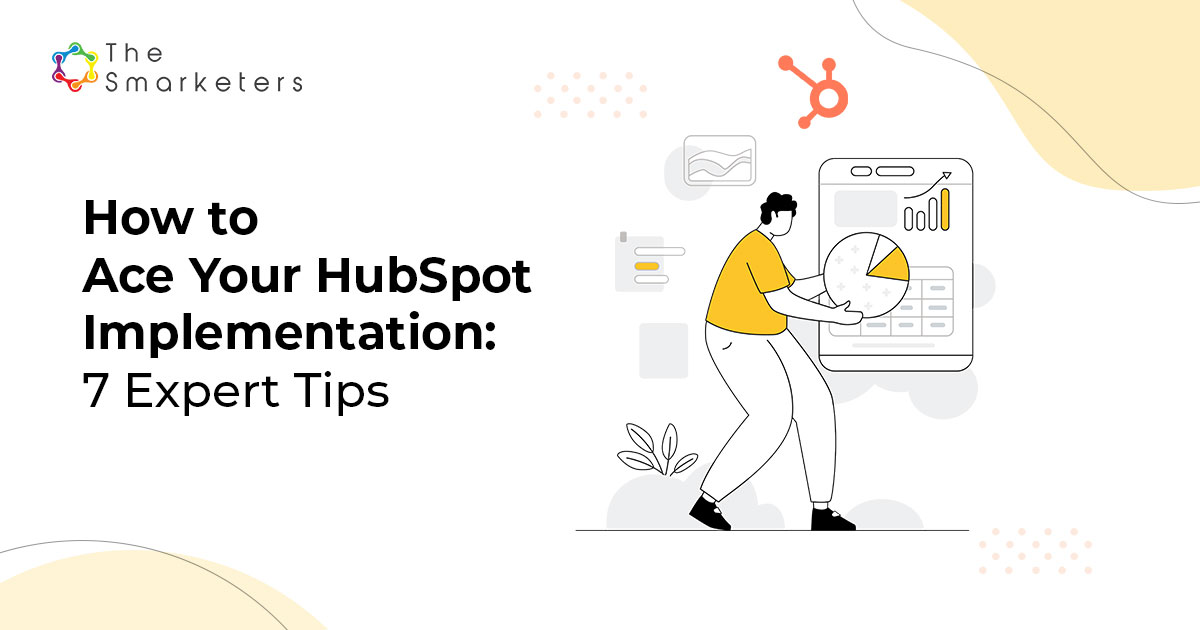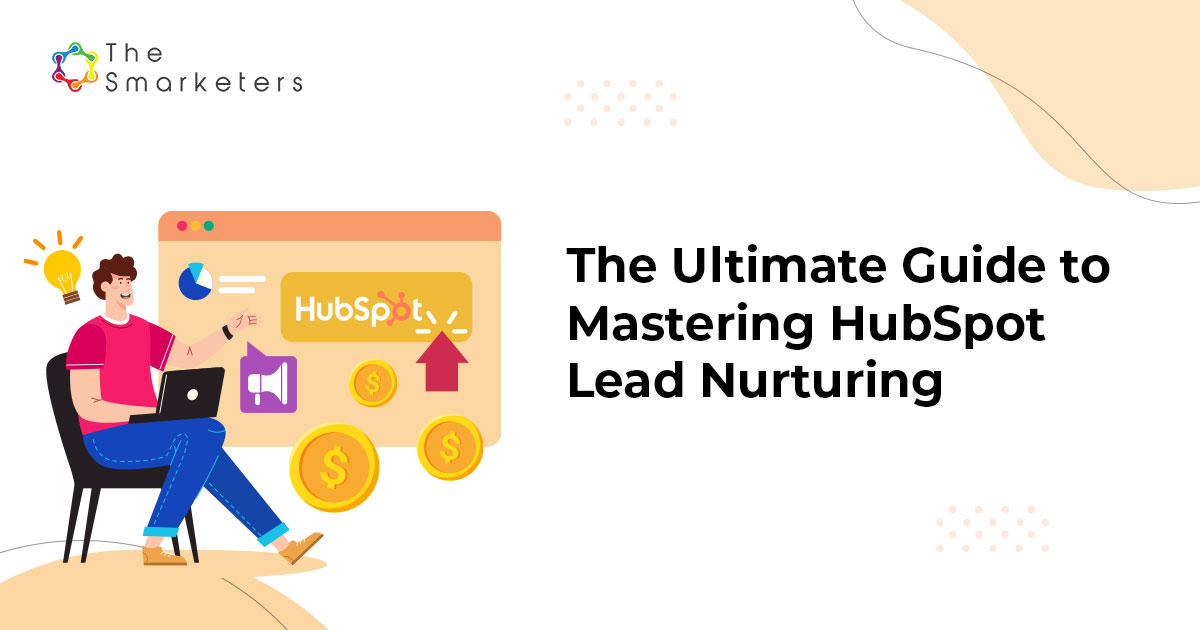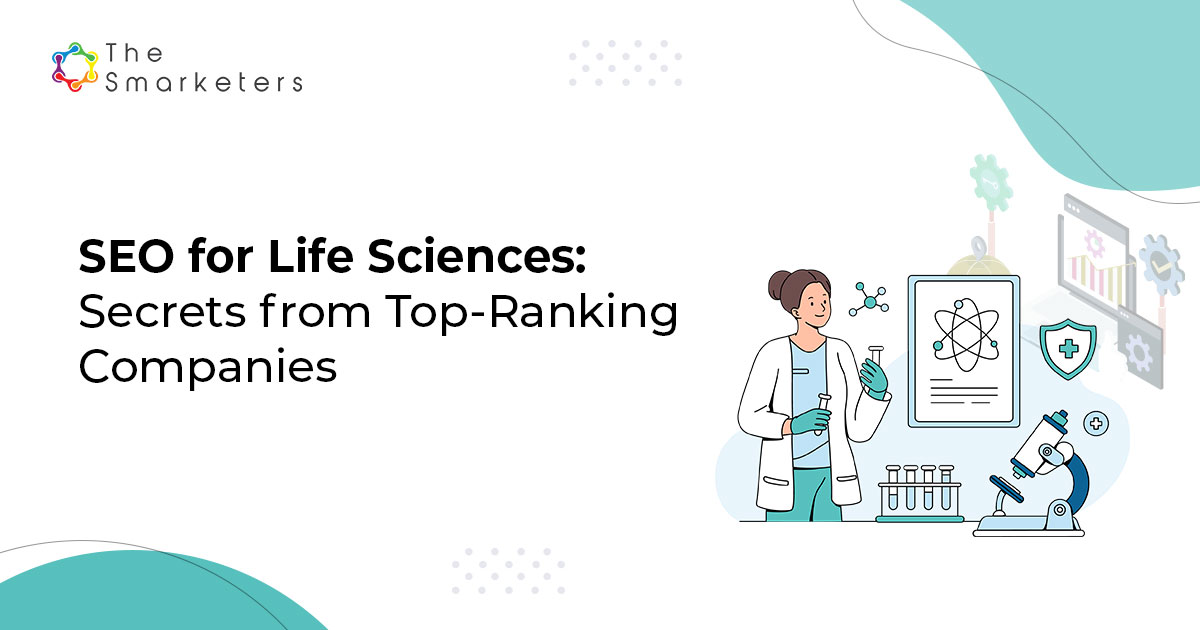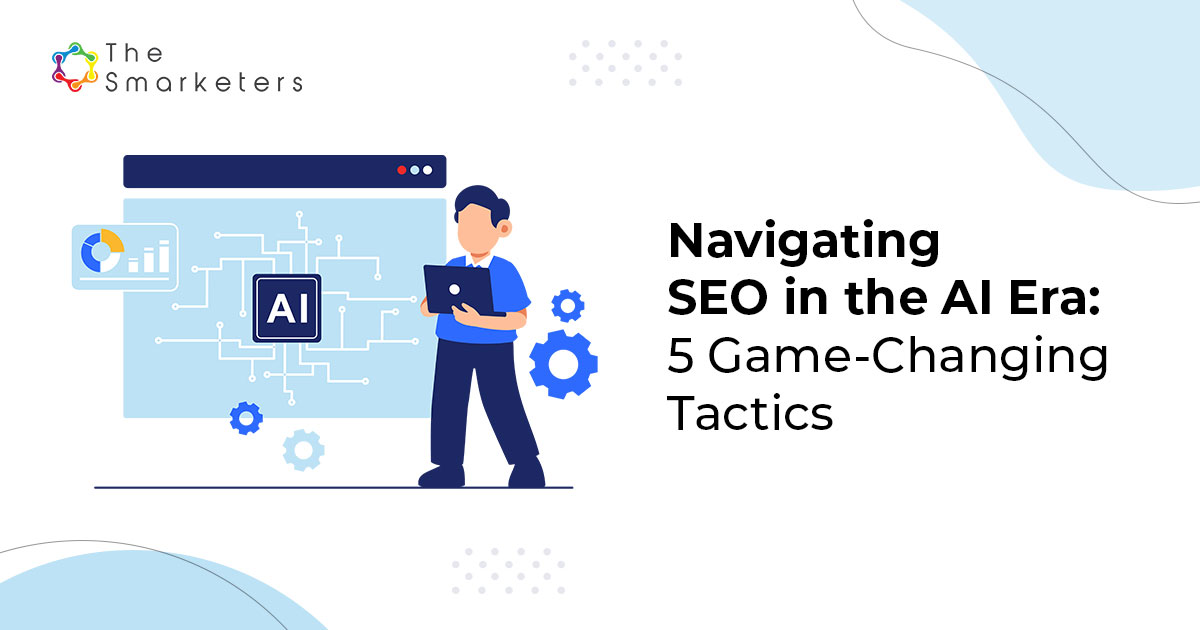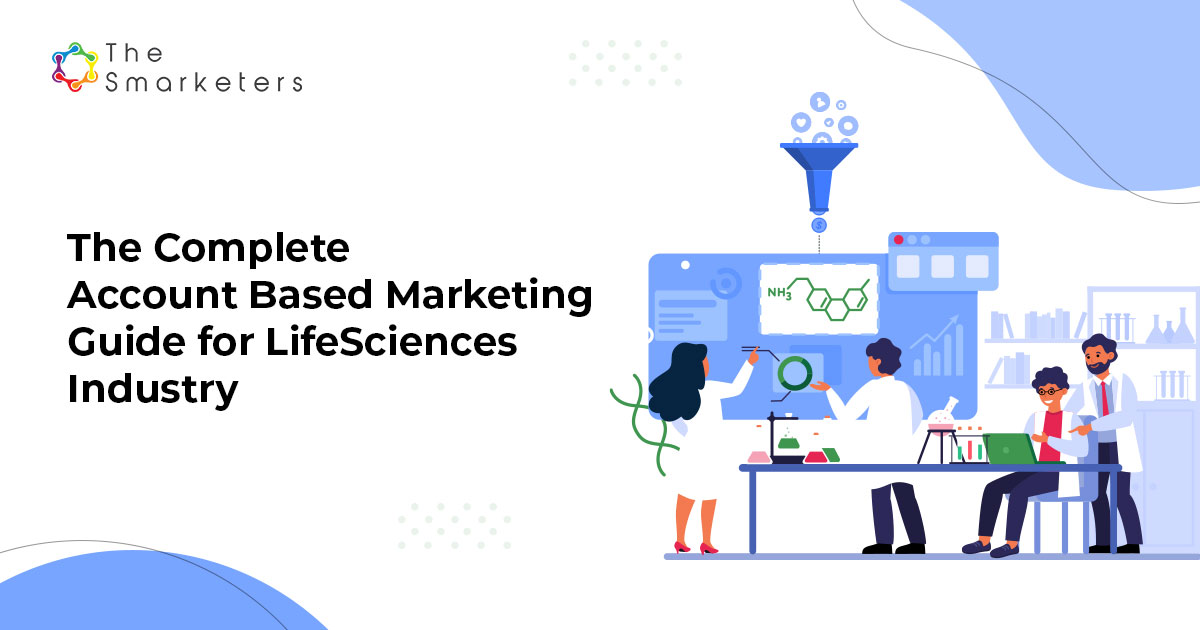Content marketing has been the buzzword for almost half a decade now. Brands which do content right win at social media and SEO.
Google algorithms now heavily focus on useful and entertaining content and the game of SEO has become a race to produce the best content in the niche.
Many SEO agencies have positioned themselves as content marketing agencies and traditional ad agencies have reorganized their companies to win at content marketing.
Although the buzz is real and worthwhile most marketers ignore and fail to realize the nuances and the method content strategy can bring into their content marketing efforts.
Content strategy is what encompasses content both on and off your business website. Its purpose is to drive business objectives which are beyond revenue generation.
Content strategy is a framework which drives direction and consistency to all content related communication which happens across different departments in the company.
Content strategy is about attracting and serving the current audience while content marketing is making that content visible to your target audience and converting them into buyers.
What Content Strategy is?
The line between content strategy and marketing seems a blur. But there is a line nevertheless.
Here are 7 aspects which represent what content strategy is about –
- What are the different audiences you want to appeal to with this content? – Every site has 3 types of visitors – browsers, skeptics and buyers. A content strategist has to chalk out a content strategy which serves content to all these types of audiences.
- Who will create the content? – Is the content user-generated? Written by your in-house team? OR Is it best to outsource? What are the compromises and benefits of each approach?
- What will the frequency look like? – If you want to know the importance of content publishing frequency ask a seasoned blogger. When deciding on frequency one should keep in mind various factors like a number of content ideas, amount of content which can be produced with the available resources, audience browsing habits and scope for virality.
- How would the styling be? – Ease of content consumption and experience has a significant impact on your audience. A well-styled guide will help users learn and make decisions faster. Which can directly impact the top line of your company?
- What will be the tone of voice? – A good content strategist lays down the tone of voice for a writer up front. Based on the buyer’s persona a content strategist can list down lingo and jargons which are okay to use and which are forbidden. Setting the tone includes writing which is consistent with brand image and color usage in imagery and other marketing collaterals.
- Where have we left gaps in content? – If you are a manufacturing company and your audience is looking for downloadable brochures of your machinery then that is what you should be working on. Gaps in content could be the missing piece between converting a visitor into a buyer. The gap in content could even be in the lack of the right content format the audience is looking for.
- Content Strategy KPIs: Effectiveness of a content strategy can be measured by KPIs like Traffic, Bounce rate, and Page Depth.
What Content Marketing is?
Content marketing, on the other hand, is a disguised soft sell. It is about educating your audience and helping them make better buying decisions around their problem.
Content marketing comprises of these 5 aspects –
- It is about impacting your top line – As the word marketing suggests content marketing is mostly about driving revenue. Content marketing delivers content to people at different stages of their buying cycle and converts visitors into prospects.
- Content marketing is about relationships – While the content strategy is about giving the whole company direction in the form of framework content marketing is about building long term relationships with your prospects.
- It is about progressive profiling – It is about converting a user from a browser to an email subscriber to a prospect who is willing to hear your offering over a call.
- You should have a distribution strategy – Content distribution is as important as content creation. It is important that your content reaches to as many of your business prospect’s as possible. You can leverage social, email, SEO, guest posts or even offline channels for this purpose.
- Content Marketing KPIs – Content marketing is as measurable as other online marketing channels. Improved leads, email subscribers, social shares determine content marketing success
Conclusion
The role of a content marketer is that of a smart hustler while a content strategist is an architect who binds all units together and has a content vision for the brand.
If your approach to content is heavily focused on driving leads and subscribers you can start with doing a basic audit of your entire site.
Check for mismatch in tone, lapses in grammar, styling, missed out business objectives and opportunities.



